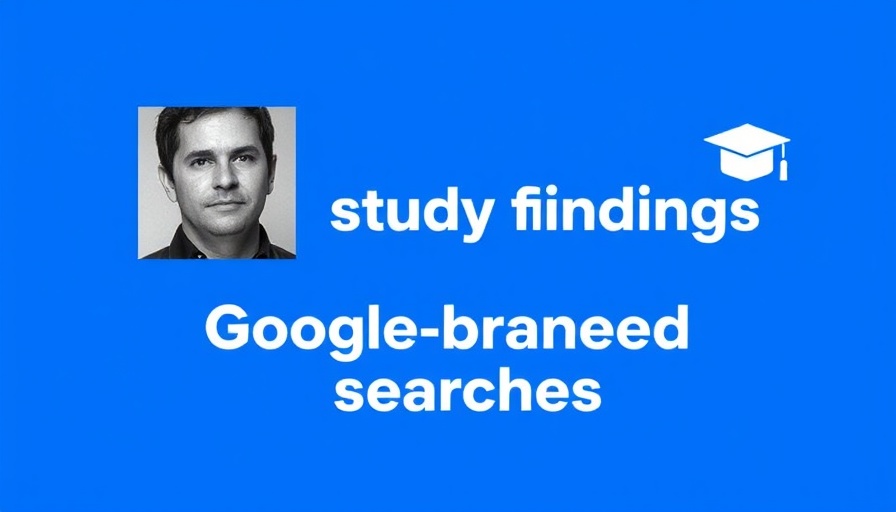
Understanding Google's Navboost: More Than Just Machine Learning
The recent documents emerging from the Department of Justice's antitrust case against Google have shed light on many of the tech giant's inner workings, particularly its search algorithms. One bombshell revelation is that Navboost, often misconceived to be a sophisticated machine learning system, is instead described by Dr. Eric Lehman, a former Google software engineer, as merely a "big table" or a database. This critical insight changes how we view Google’s methodologies, especially for small business owners and marketers striving to leverage the platform for SEO.
How Signals Are Shaped at Google
These documents reveal that most signals integrated into Google's algorithms are not generated by machine-learning models but are "hand-crafted" by engineers. This meticulous process involves analyzing various types of user interactions, such as click-through rates on search results, and then applying mathematical functions to determine thresholds for these signals. This implies that Google maintains tight control over how these signals are applied, potentially ensuring consistency and reliability in search rankings.
Pogosticking: The Hidden Insight
A particularly eye-opening detail is the reference to pogosticking, a term Google has long denied using to measure user engagement. This term refers to when users click on a link but quickly return to the search results page. The documents suggest that Google has been tracking user behavior more intimately than publicly acknowledged, raising questions about how this might affect rankings. Understanding these mechanisms can provide valuable insights for marketers aiming to improve their site’s visibility.
The Role of Quality Raters in Algorithm Development
Another revealing statement was made by H.J Kim, a Google engineer, who discussed how quality raters, despite Google's claims to the contrary, do influence search algorithms. This contradictory stance raises essential questions about transparency and accountability in search rankings, particularly for small businesses that rely on organic traffic for lead generation.
Exploring Google's Debugging Tools: A Treasure Trove for Marketers?
The documents also detail internal debugging tools that allow Google engineers to analyze search queries. The debugging interface not only displays returned search results but also provides scores that provide poignancy to marketers wishing to understand their rank comprehensively. This level of internal access could help businesses refine their SEO strategies significantly.
Future Insights: Will Google Address These Findings?
As Google continues to fight the antitrust case, the outcomes may significantly influence how businesses engage in search optimization strategies. If it becomes common knowledge that machine learning is less involved than previously thought, there may be a shift in how marketers and SEO experts approach Google’s algorithm, possibly placing more emphasis on data analysis and manual tuning.
Take Control of Your Online Marketing Strategy
In light of these revelations, it’s crucial for small business owners and marketers to understand that optimizing for Google is a more nuanced and strategic endeavor than merely relying on automated systems. Utilizing insights from these documents can empower businesses to make smarter, data-driven decisions that enhance visibility and engagement.
As we navigate the complexities of online marketing in this evolving landscape, consider refining your strategies by taking a deeper dive into your analytics, hand-crafting your SEO signals, and maintaining an agile approach that aligns with the fluidity of Google’s ranking processes.
 Add Row
Add Row  Add
Add 




 Add Row
Add Row  Add
Add 

Write A Comment